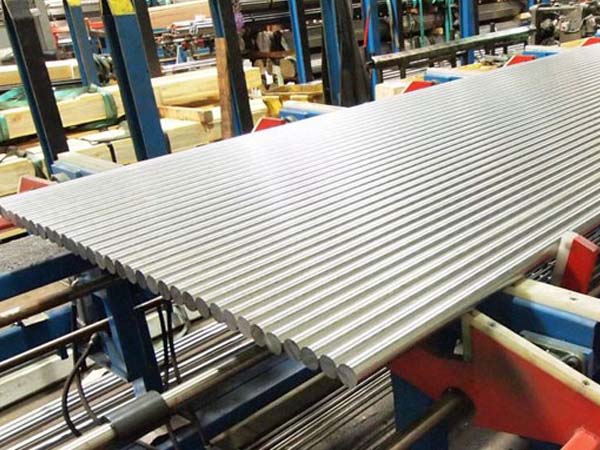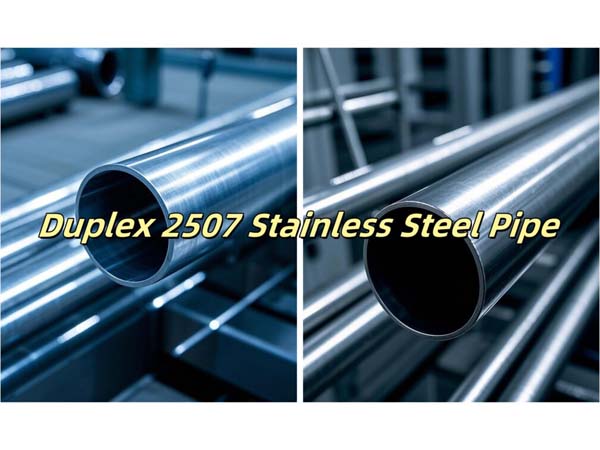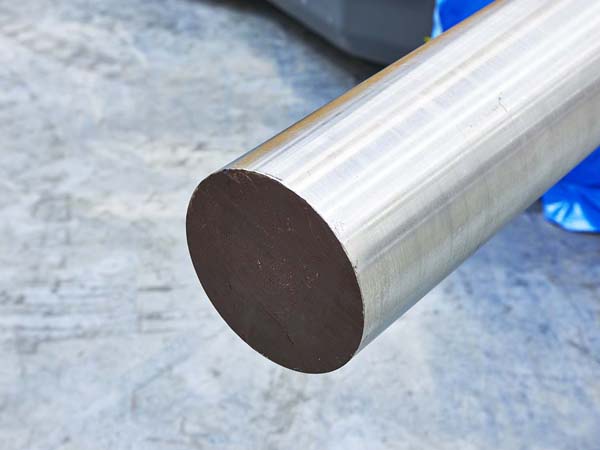





Phone
+86-731-82250427
Address
25th floor, C3 Building, Wanda Plaza, Kaifu District, Changsha, Hunan Province, China.
 Jan 1 2024
Jan 1 2024
┃ Application
Aerospace Industry: Turbine blades, combustion chambers, and afterburner components
Power Generation: Turbine blades, exhaust nozzles, and other components that are exposed to high temperatures, pressure, and corrosive environments
Petrochemical Industry: Heat exchangers, furnace components, gas turbine combustion systems, and other equipment that require resistance to oxidation and high-temperature corrosion
Industrial Furnaces: Particularly in aerospace and heat treatment applications
Automotive Industry: Exhaust valves and turbochargers
Chemical Processing: Reactor vessels, valves, and other components that require exceptional resistance to corrosion and high-temperature environments
┃ Chemical Composition (%)
|
Material |
Ni |
Co |
Cr |
Mo |
Ti |
Fe |
Mn |
Si |
|
N07263 |
Balance |
19.0-21.0 |
19.0-21.0 |
5.60-6.10 |
1.90-2.40 |
0.70 max |
0.60max |
0.40 max |
┃Mechanical Property
|
Material |
Tensile strength |
Yield strength 0,2 |
Elongation |
Hardness HB30 |
|
830-1030 N/mm² |
515 N/mm² |
25-30% |
190-230HB |
┃Corrosion Resistance
Nimonic 263 demonstrates remarkable corrosion resistance, rendering it well-suited for applications in environments characterized by high-temperature oxidation and corrosion challenges. The presence of nickel, chromium, and molybdenum in the alloy enhances its ability to resist various corrosive elements, including gases, chemicals, and high-temperature atmospheres. Alloy 263 forms a protective oxide layer on its surface, effectively inhibiting further oxidation and degradation.
┃Heat Treatment
Nimonic 263 can undergo a heat treatment process to optimize its mechanical properties and improve overall performance. The standard heat treatment consists of a solution treatment followed by age hardening. In the solution treatment, the alloy is heated to a temperature ranging from 1090°C (1994°F) to 1140°C (2084°F) and rapidly cooled to homogenize its microstructure. Following this, the age hardening process involves heating the material at approximately 760°C (1400°F) for a specified duration, followed by controlled cooling. This facilitates the formation of fine precipitates, enhancing the alloy's strength and creep resistance at elevated temperatures.
┃ Heating and Pickling
To minimize thermal stress and distortion, it is advisable to gradually and uniformly heat Nimonic 263 within the recommended temperature range of 1090°C (1994°F) to 1140°C (2084°F). Close monitoring of the temperature using accurate instrumentation is crucial to prevent overheating, which could result in undesirable grain growth or other detrimental effects. Once the desired temperature is attained, the material should be held at that temperature for the specified duration to facilitate proper solutionizing.
Nimonic 263, being a nickel-based superalloy with excellent corrosion resistance, generally does not necessitate pickling. However, in cases where surface contaminants or oxides need removal, a pickling process can be considered. Care should be taken during pickling to avoid excessive material removal or etching. Furthermore, the pickling process should be followed by appropriate passivation or neutralization treatments to restore the surface integrity and corrosion resistance of the Alloy 263 component.
┃ Hot and Cold Forming
Nimonic 263 is suitable for hot forming within the temperature range of 950-1150°C. Achieving uniform heating and maintaining a consistent temperature during the forming process is crucial to ensure proper workability and reduce the risk of cracking or distortion.
Given that Nimonic 263 exhibits high strength and limited ductility at lower temperatures, cold forming operations like cold rolling, cold drawing, or cold bending are not commonly employed. The alloy's low ductility at room temperature makes it susceptible to cracking and failure during cold forming processes. Therefore, hot forming is the preferred method to achieve the desired shapes and structures while maintaining the material's integrity.
┃Machining
The elevated strength and work-hardening propensity of Nimonic 263 pose challenges in machining compared to standard materials. Its tendency to work harden during machining can result in heightened cutting forces, increased tool wear, and surface roughness. Consequently, machining Alloy 263 demands the utilization of suitable cutting tools, techniques, and cutting parameters to attain satisfactory results.
Moreover, the high temperature resistance of Alloy 263 necessitates the incorporation of cutting fluids or coolants during machining. This is essential to effectively dissipate heat and prevent thermal damage to both the workpiece and cutting tools. The use of appropriate cooling measures becomes particularly crucial in ensuring the longevity of tools and achieving precision in the machining process.
┃Welding
Nimonic 263 exhibits excellent weldability, offering versatility in the choice of welding processes. Various methods such as TIG processes, MIG processes, resistance spot welding, stitch welding, seam welding, high-temperature brazing, electron-beam welding, plasma-arc welding, and several others are applicable to Alloy 263. However, the selection of a specific welding process depends on the intended application and the equipment at hand.
For instance, flash-butt welding is employed in the production of gas turbine rings but is not widely used in other applications. The suitability of each welding method should be carefully assessed based on the unique requirements of the project, ensuring optimal results and the desired performance of Nimonic 263 in the specific application.
┃ Product Forms
Ø Bar & Rod
Ø Plate & Sheet
Ø Coil & Strip
Ø Pipe & Tube
Ø Fitting: Flange, Tee, Elbow, Reducer etc.
Ø Forging: Ring, Shaft, Circle, Block etc.
┃ Note
Ronsco is a supplier with more than 27 years of experience in the special metal field, we always adheres to the business phiosophy of "customer-centered", tries its best to meet the requirements of customers and pursues win-win cooperation with customers. Are you looking for special metal products one-stop supplier! Contact Us Now! Email: marketing@ronsteel.com
